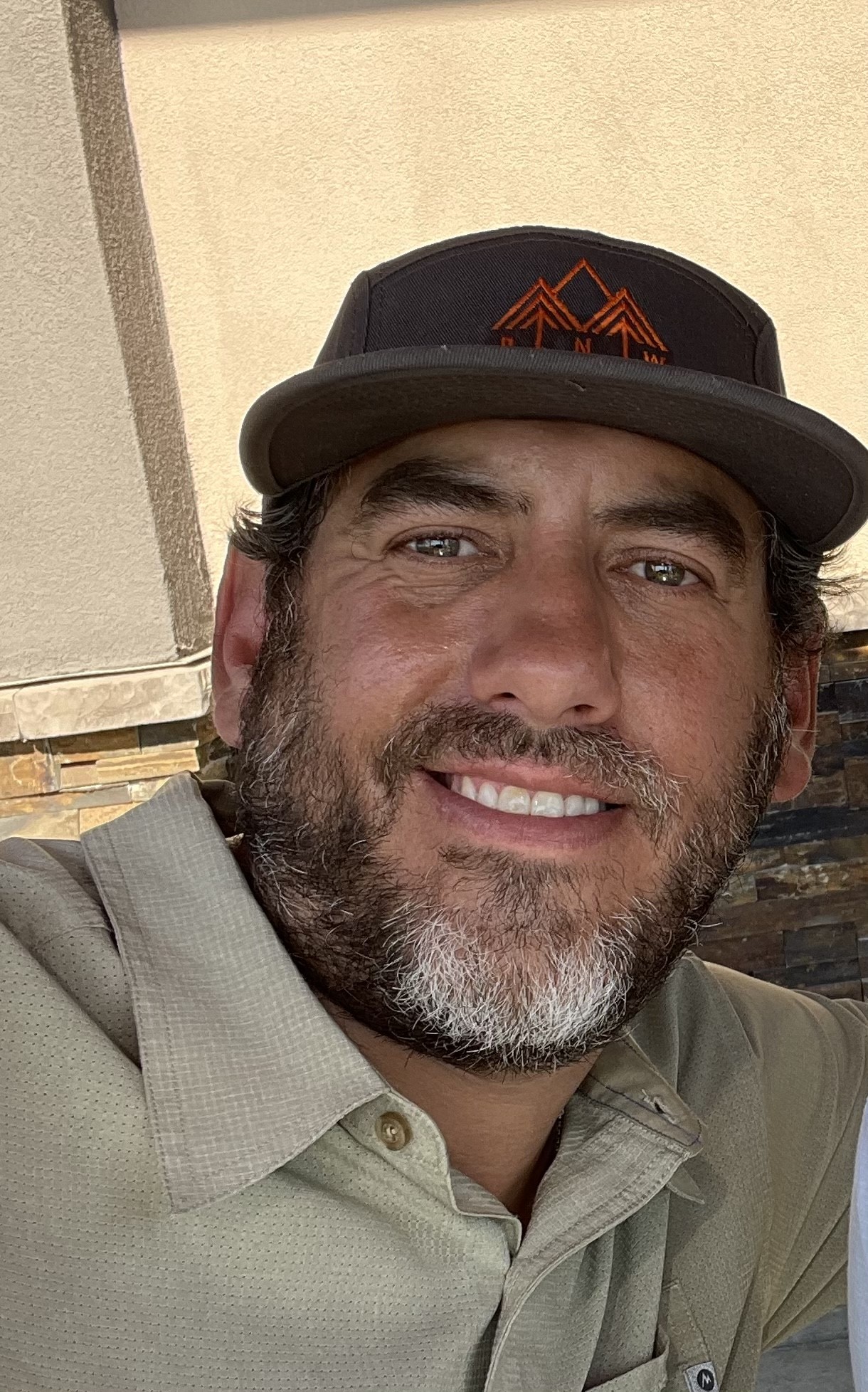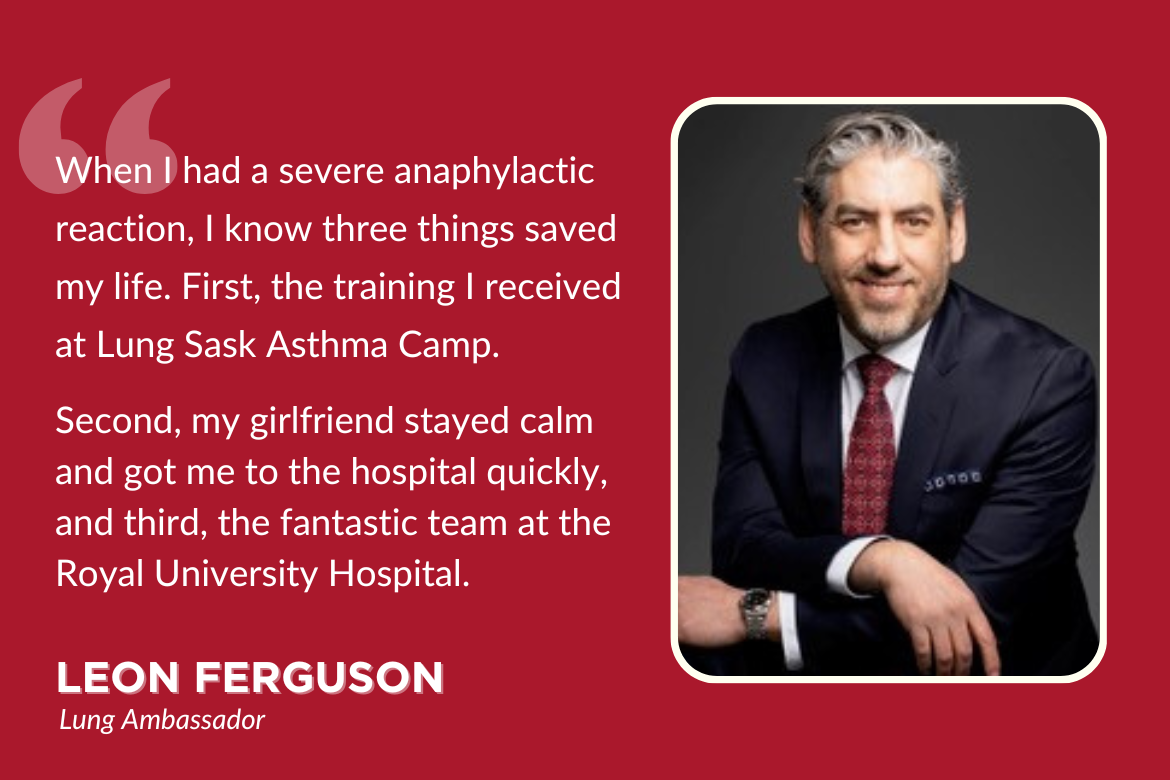To start this story, we need to travel back to Saskatoon, SK, in 1980 when I was five years old and had chronic asthma. Remember, this was long before nicotine and smoking tobacco were as regulated as it is now. Depending on your age, you may remember the bars were smoke-filled, and people smoked in homes and cars with windows closed. Smoking was mainstream and marketed as the “cool thing” to do. So here I am, five years old, surrounded by people who smoke everywhere I went. Of course, back then, we didn’t know the impacts of smoking; especially second-hand smoke. Little did we know that it was a death trap for a five-year-old with extreme asthma.
Consequently, I was rushed to the hospital a few times and had to spend many nights, sometimes weeks, in the hospital intensive care unit to stabilize my lungs. I didn’t really know what was happening. I just knew I was really tired and couldn’t breathe well. The nurses would tuck me into bed, put my oxygen mask on, and cover half of me with a clear tent apparatus that pumped oxygen into it. Being so young, I looked at it as if I was a fighter pilot on a mission in my little spaceship, and the button to let the nurses know I needed something was my steering wheel and trigger to fire against any monsters coming my way. I can’t imagine what those poor nurses went through during my time in the tent as I hit that button like a World War II fighter pilot!! I had quite the imagination! Unfortunately, what was happening was that I was in a critical state of lung failure, and my heart was working overtime so they had to treat me with extreme steroids and other concoctions. It made me very tired, so my ‘flights’ only lasted a few minutes and then I fell asleep. As I gained strength, I was so excited because I could take a few minutes to leave my bed briefly with my IV pole, and go to the area where I could play with other kids or toys. I had to watch for the IV line inserted in my arm to start to fill with blood and then I knew it was time to return to my room. I was pretty pooped out by the time I got tucked back in and treatment started again.
As I gained strength, I was so excited because I could take a few minutes to leave my bed briefly with my IV pole, and go to the area where I could play with other kids or toys. I had to watch for the IV line inserted in my arm to start to fill with blood and then I knew it was time to return to my room. I was pretty pooped out by the time I got tucked back in and treatment started again.
Fast forward to 1982, I was seven years old, and the Lung Association (now Lung Saskatchewan) offered day camps for children with asthma. As I recall, of the group of adorable munchkins -- I was the cutest, just saying…ha! Seriously though, we did so many fun things, and for the first time in my life, I felt normal as these kids had the same challenges as me. I was getting to the age where I knew I was different from the other school kids so, Asthma Camp was really neat and super fun! We all had moments where we had to battle through an attack due to the severity of our conditions. But it was quite the bonding experience because we all could relate to each other and it wasn’t anything shocking or scary. We just knew we had to take a time out, and the team of counsellors were there to help us.
The camp also had training classes. We didn’t think of them as classes though, because of the tremendous job of the counsellors; we thought of them as part of the fun and games we were playing. One of our daily routines was breathing exercises. We were taught to push as hard as possible when breathing out to get our tummy as high as possible. We would see who got their tummy the highest! They had us play the “teapot” game. When you blew out, you would try to whistle like a teapot. I was so proud of myself when I could finally do it!
What was happening was they were teaching us to redirect our focus when we were in crisis and think about our breathing because it took concentration to do it that way and took our focus away from panicking. What we didn’t know at the time, was these exercises were keeping us calm and giving our lungs a chance to fight spasms and overcome the asthma attack. Another exercise was at the pool where we had to work on holding our breath underwater, relax, then come out and breathe. We did this repeatedly and we started getting good at it. What we didn’t know was that drowning is a very similar feeling to an asthma attack, so the counsellors helped us get comfortable in that setting so when we had an asthma attack, we could remember being in the pool and being calm. This allowed our lungs to have a fighting chance to beat the spasms and air collapses. We didn’t have to stay underwater for an extended period -- it was seconds. It was enough time for us to go under, relax while holding our breath, and then come up again. Then we would lay on the side of the pool, and as a group, we would do our belly breathing.
Once the classes were done, we got to play like kids, and did we ever have a blast! I liked to read comic books, and once again, be a superhero that had asthma; he was the best superhero! At Asthma Camp, I was loving life - I’ll never forget it!
In 1994, I was now twenty-four years old and golfing with some pals. We were on the 9th tee box when I had a nutritional bar (please note, I am deathly allergic to nuts of any kind). I looked at the ingredients and didn’t see any nuts, so I took a couple of bites. Within minutes I realized something wasn’t right. I knew I was in trouble, but I thought I would be able to control my breathing and battle through it as I had so many times before. Unfortunately, with the allergy going into anaphylaxis shock, I realized I was in trouble. My throat was closing, and I only had about 15 minutes left before I was going to be not able to come back. My girlfriend came to the course immediately, but I had no inhalers left, and we headed to the hospital as it was too late to even call an ambulance. My poor girlfriend had to drive like she never had before as I was turning blue and starting to fade. But at that moment, I remembered being at Asthma Camp when I was seven years old, we were in class learning to relax, stay calm, do my breathing exercises, and focus on pushing my belly out. I went into my special place like I did when I was in the pool relaxed, and then kept working through my breathing exercises. These exercises got me to the hospital where I then collapsed and spent the next week in ICU and another week in another ward recovering.
I know three things saved my life. First, my ability to use my training from the Lung Association Asthma Camp as a child. Second, my girlfriend stayed calm and got me to the hospital in record-breaking time, and third, the fantastic team at the Royal University Hospital that literally ran and didn’t give up to save my life. The doctors and specialists were shocked that I made it.
In closing, if there is ever a time that you think just for a second what drowning feels like, know that is what asthmatics go through every time they have an attack. So please help Lung Saskatchewan develop more programs for children, youth, and adults to help save their lives as they did mine. From the bottom of my heart and lungs, I love Lung Saskatchewan, its team, and the amazing lifesaving work they do every day. Thank you!!
Sincerely,
Leon Ferguson

